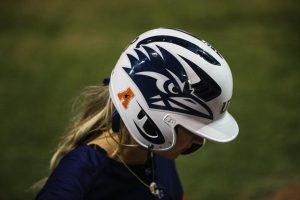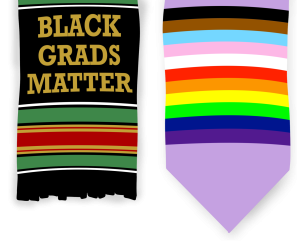
UTSA civil engineering students recently took to the waters of Austin’s Lady Bird Lake Sunday in their 2010 concrete canoe “Phoenix” as part of the annual Texas/Mexico regional qualifier for the National Concrete Canoe Competition. The competition, sponsored by the American Society of Civil Engineers (ASCE), brings together civil engineering students from colleges across the nation as a way to showcase their engineering abilities. According to the National Concrete Canoe Competition website, “The competition provides students with a practical application of the engineering principles they learn in the classroom, along with important team and project management skills they will need in their careers. The event challenges the students’ knowledge, creativity and stamina, while showcasing the versatility and durability of concrete as a building material.”
The 2010 Texas/Mexico competition, hosted this year by The University of Texas at Austin, brought together 13 universities from across the state and across the border to compete in the two day event. The first day of the competition, April 10th, consisted of canoe display judging as well as formal presentations from each university. During the presentations, students described their teams construction methods, materials used, and lessons learned over the course of the project.
The canoe races took place on the April 11th at Fiesta Gardens Beach just southeast of downtown Austin. Even as cloudy skies led to a light rain, the teams carefully removed their twenty foot canoes from box trailers while professional engineers serving as judges marked out the courses with assistance from the Austin Rowing Club. The competition began at 9am with the 200m two man sprints, followed by the three man co-ed sprints, and finished in the afternoon with the 600m four man endurance races. At one point, UT-Arlington’s boat, “Legonoe”, capsized, but the students were able to tow it into shore and compete in further events. First time competitors from the Rice University team were not so fortunate when their boat, ironically named “Titanic”, sank and was lost for good. At the conclusion of the day’s races, the rain briefly let up for the outdoors awards banquet. Awards were presented to the universities who placed in the top three for the races, presentations, display, and final product. Although the UTSA team did not place this year, team member Delmy Reyes remains optimistic about the team’s future, “It was fun and informative. The canoe is a fun way of learning what you do in class. Instead of just reading books and taking notes, it’s a hands-on way of learning. I would like to be even more involved next year.”
According to the team manager and graduating senior Jason Shroyer, planning for the UTSA canoe began in November 2009 with fundraising and materials research. The form for the canoe was designed using AutoCAD, a 3D computer aided design program that modeled the precise dimensions outlined in the rules. Cross sections for the canoe were cut out of polystyrene and glued together to make a twenty foot long male mold. Once a suitable lightweight concrete mix was designed and tested, the team worked to place the concrete and carbon-fiber reinforcement on the mold before letting the concrete cure. After two weeks, the mold was removed and what remained was a 324lb concrete canoe capable of holding up to four paddlers. Practice for the competition was held at nearby Lake Boerne so new members could become familiar with paddling such a heavy boat.
While competitions like the concrete canoe are completely voluntary, many students feel that they lead to valuable experiences not found in classes alone. Shroyer describes his experience working on the project, “It’s a chance for us to get some real world design experience. The kind of concrete that we have to design is super-lightweight, so we get a taste of concrete design, but since it’s not something you commonly see in the real world, we get a chance to be innovative. It’s also a way to interact with each other and for a large part; it’s a chance for us to hone our leadership skills.”
First time team member David Russell added, “I think we did pretty well for a smaller school. I think we put up a pretty good show and put up quite a bit of competition. It was a way of getting experience outside of the classroom. A way to be able to meet new people and try new things. To apply what I learned in class to real life situations.”










